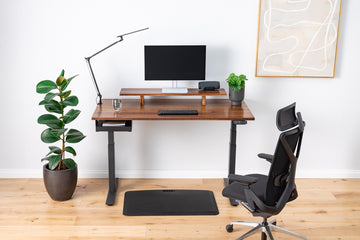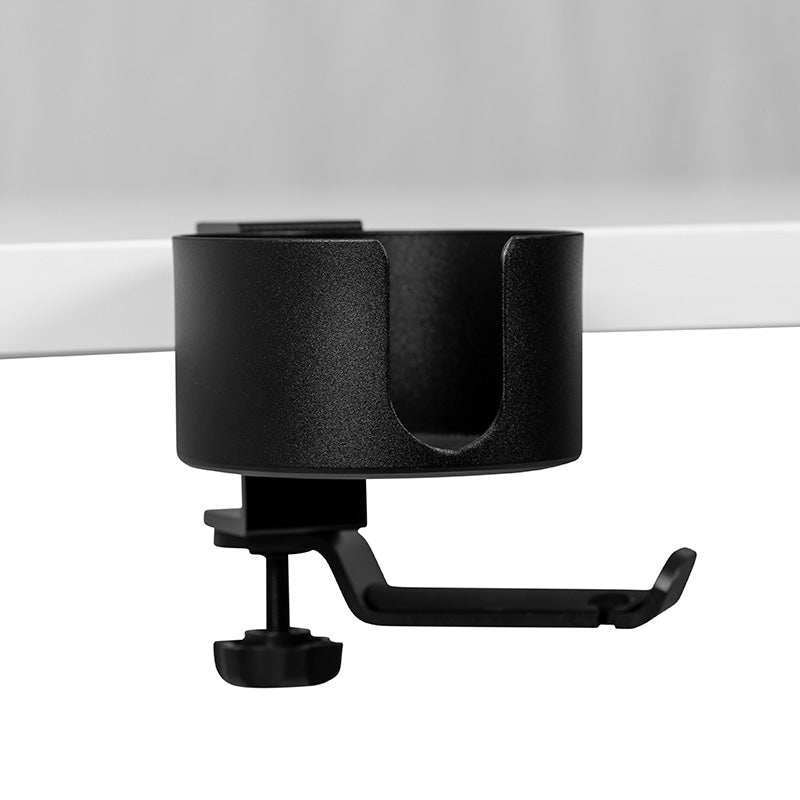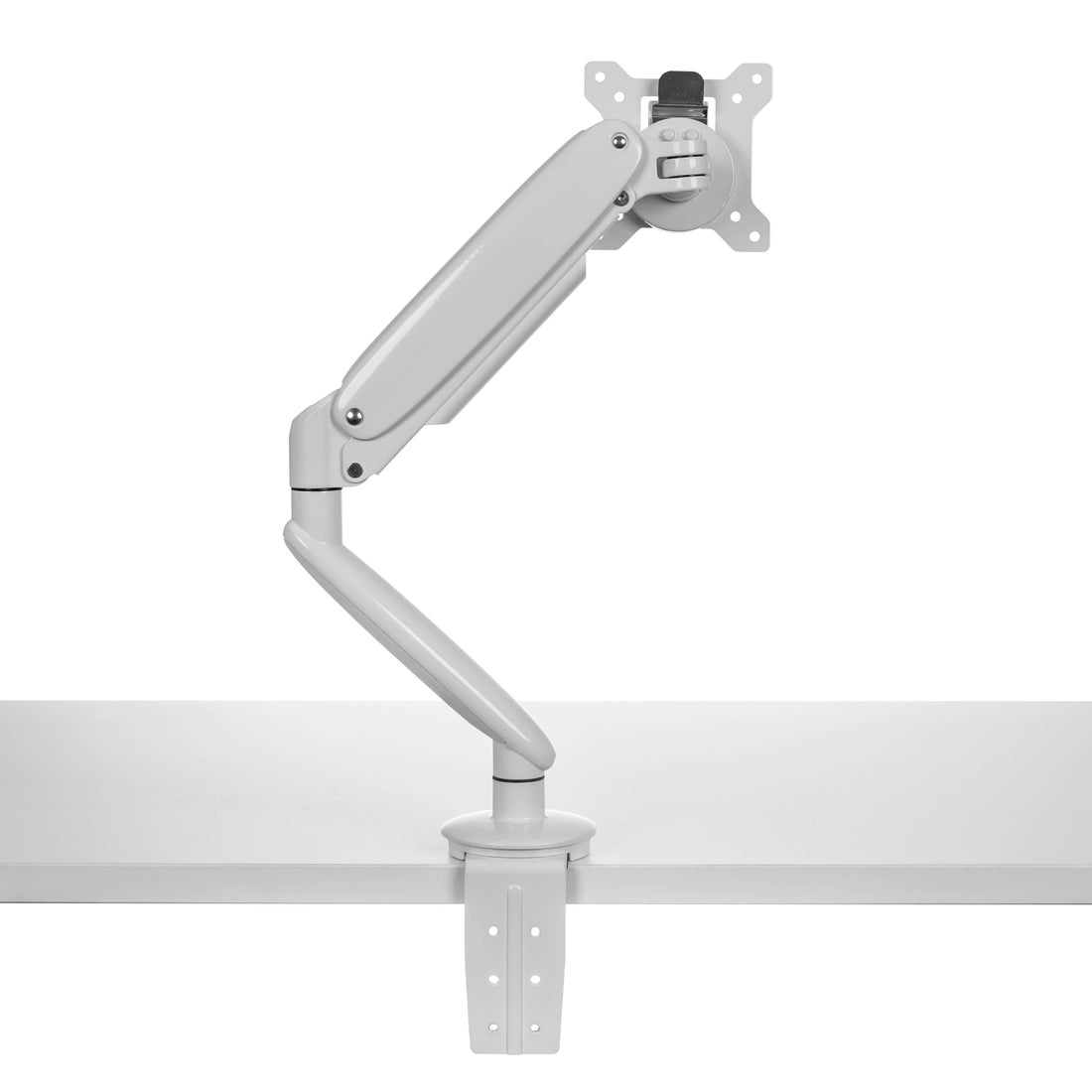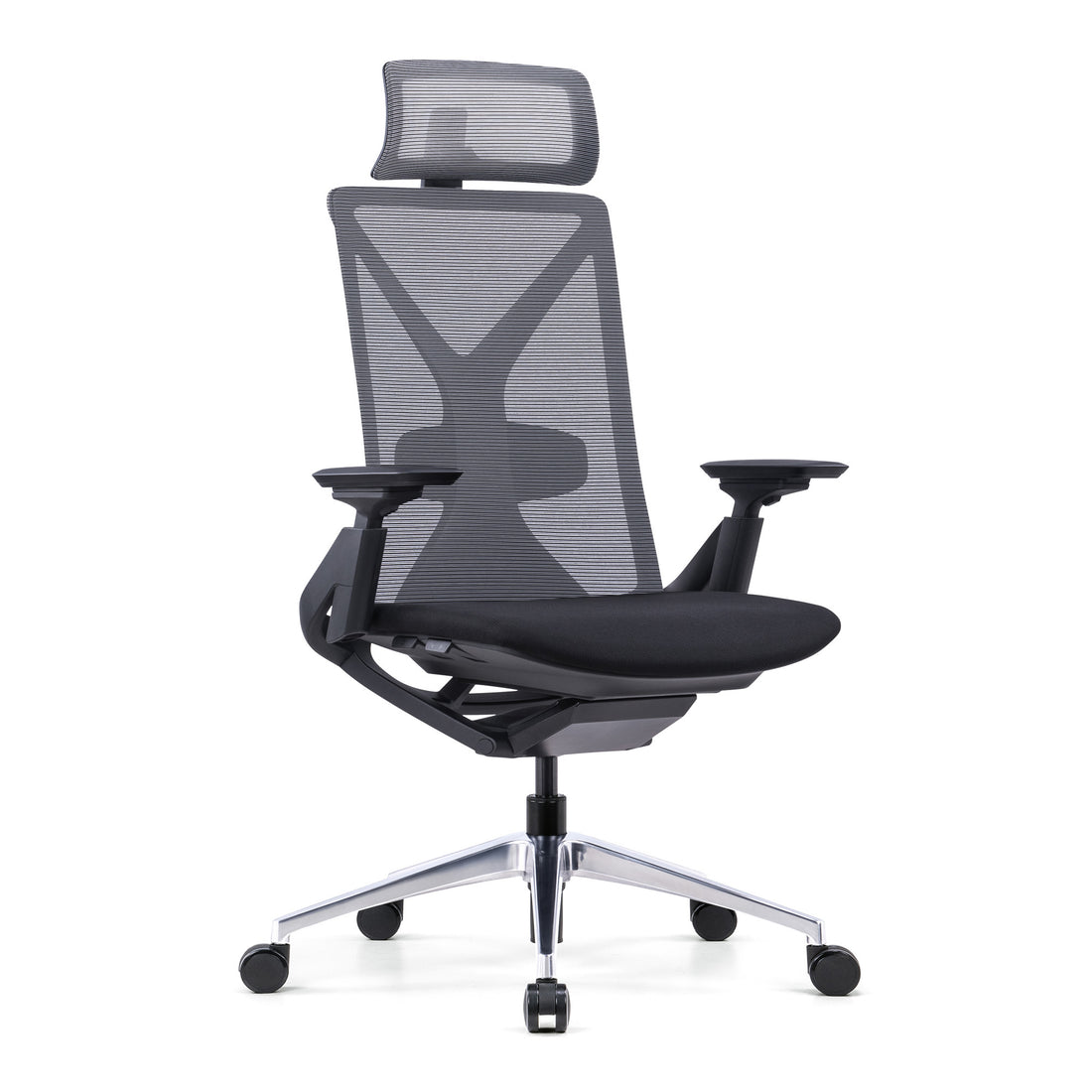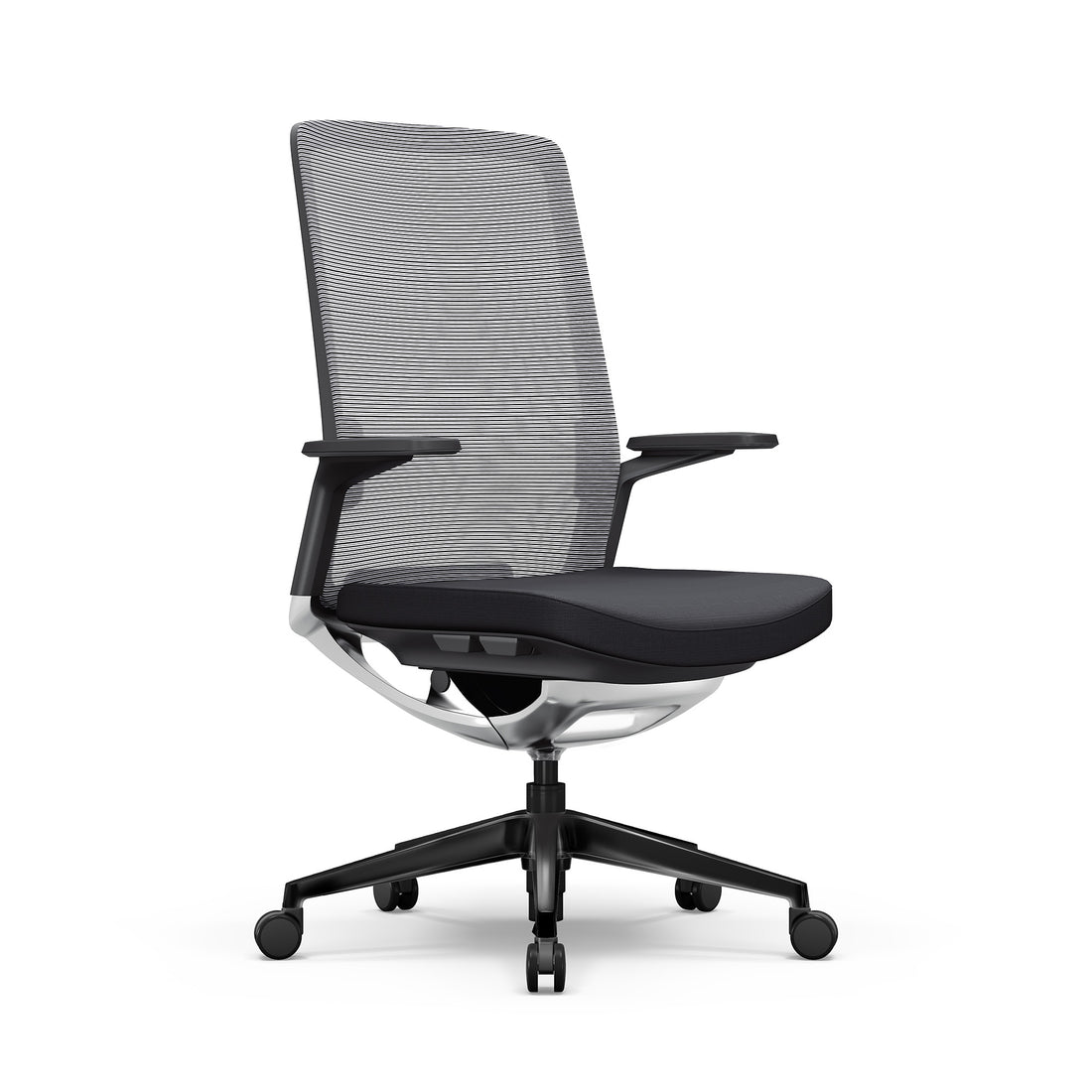Standing desks have become a growing trend as we follow health experts recommendations to sit less and move more.
Proponents advocate adjustable height desks for anything from increasing productivity to helping students with ADHD.
While there’s no doubt that standing for part of the day benefits us in numerous ways, including a link between standing desks and blood pressure, it’s not necessarily all good.
Spending your entire workday on your feet probably isn’t great for you either.
So, is standing at a desk better than sitting?
We discuss whether standing desks benefit or harm our knees.
Common Causes of Knee Pain
Several factors could be contributing to your knee pain. The biggest is the general wear and tear placed on our joints as we age, causing degeneration to the cartilage and connective tissues.
If you’re ever suffered an injury to your knee, you’re probably going to be dealing with pain for a long time as the complex network of bones is slow to heal.
Weight and poor posture are two more aspects that could be causing you pain. Every time you take a step, your knees experience 1.5 times your body weight in pressure. The more you weigh, the more strain your knees take as you go about your day.
This can make it difficult to get in a healthy amount of exercise as joint pain will quickly throw you off your regime.
How Does a Standing Desk Benefit Knees?
A sedentary lifestyle leads to obesity, cardiovascular disease, and a weakening of bones and muscles.
Because of the risks associated with a sedentary lifestyle, you might need a standing desk to get you to move around a little more during the day.
Standing desks will assist your joints in the following ways:
Strength
Joints depend on muscle strength and balance for stability and movement. Prolonged sitting can result in weak muscles and a lack of support of the joints.
Leg muscles are particularly affected by a sedentary lifestyle. The weakened muscles lead to joint instability and imbalance.
Standing not forces you to use your leg muscles more often, but also encourages the use of core muscles to maintain an upright posture. This preserves a healthy spine and hips, and alignment protects knees.
Flexibility
Sitting shortens leg muscles and, over time, leads to muscle tightness and joint stiffness.
Movement is essential to keep your joints properly lubricated. Lack of activity also contributes to joint stiffness and makes your joints wear down faster.
Using a standing computer desk encourages movement throughout the workday. Shifting and moving our bodies as we work.
Adverse Effects of Standing Desks on Knees
Used incorrectly, standing desks can have a detrimental effect on our knees and other parts of our bodies.
Prolonged standing can cause muscle fatigue and imbalance, which can make your posture worse. Poor posture as a result of standing for too long will cause your leg joints to become misaligned, causing your weight to be distributed unevenly across your legs.
Standing for extended periods may cause chronic contraction of the leg muscles, decreasing circulation to the joint. Additionally, the joint constantly being under pressure increases friction and reduces mobility, resulting in aches and pains.
Degenerative knee cartilage and ligament tears affect joint function, and the transition from sitting to standing can cause the knee to lock.
Excess weight
Every five hundred grams of body weight places on average two kilograms of pressure on each knee. Although there is an association between standing desks and weight loss, obesity adds excess pressure to the knee joints.
How do we Mitigate Knee Damage?
Most of the stress and pain due to standing can often be explained by poor posture.
The same can be said for the use of standing desks. Just because you’re standing upright doesn’t mean your posture is perfect, and you need to pay attention to how your shoulders and back sit while you work.

Prolonged standing in any situation is not recommended, and you should make an effort to combine standing with movement and sitting during the workday. An adjustable sit to stand desk allows this flexibility.
Adjust Gradually: Should you use a standing desk all day?
If a fixed height desk is used, take the opportunity to walk and stretch your legs, even if on the spot. Sit during tea and lunch breaks and if possible, raise your legs to encourage blood flow.
Standing for too long causes pain or discomfort in the lower back and knees. Sitting for too long causes tension in the upper body. So, mixing things up is the way to go.
Adjusting to a standing desk takes time. There’s no fixed recommendation for how long you should sit or stand, but you should change your position around once every two hours.
Listen to your body and transition between the two as you feel comfortable.
Posture
The correct standing desk posture is essential to avoid overuse muscle or joint injury. Your work space should be customised to the individual
Your standing desk should be at elbow height, with elbows bent at a 90-degree.
Desk Exercises

Take time out to walk around or practice standing desk exercises. These are exercises that can be done discreetly at your desk without distracting other workers. For example:
- Calf raises
- Standing leg extensions
- Standing Hamstring Curls
- Standing calf stretch
- Calf Raisers
- Side Lunges
Shoes
Investing in a good pair of shoes that provide solid support for your feet will not only offer comfort, but also help to correct your posture.
There are many great choices on the market designed to protect feet. Ideally, your shoes should have good arch support and possibly an insole for cushioning.
Remember that if you’re standing for long, your feet will swell, so you’ll want enough space in your shoes to accommodate that.
Anti-fatigue Mat
Anti-fatigue mats are commonly made of foam and rubber cushioning. As the feet adapt to the surface of the mat, subtle movement of the legs occurs. The contraction and relaxation of the leg muscles encourage blood circulation and relieves leg fatigue.
Conclusion
Working conditions play a significant role in our physical well being.
There are significant benefits to being upright and mobile during the workday, such as standing desks and neck pain relief.
And as the popularity of height-adjustable desks increases, so does the torrent of health-related questions.
Standing desks encourage standing, but their intention is not to exchange the bad habit of prolonged sitting for one of long-standing.
How we use a standing desk will dictate how effective they are on our backs, necks, productivity and, of course, our knees.
Did you find our blog helpful? Then consider checking:


